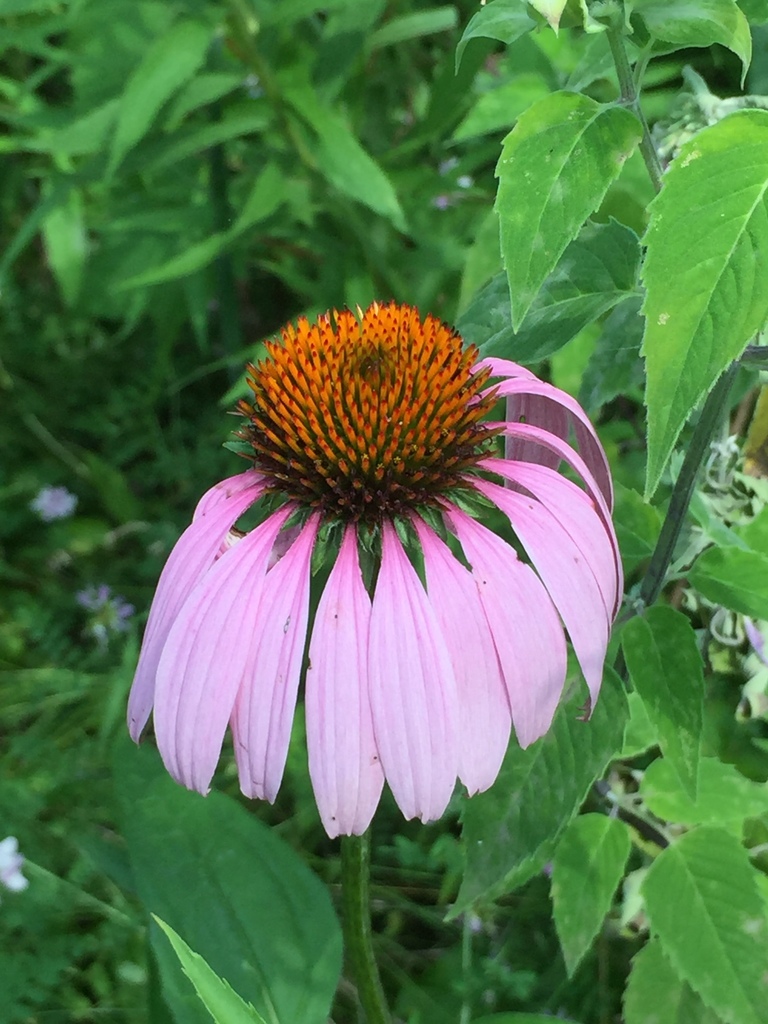Part of a series on invasive species by guest blogger Ed Pope
Wintercreeper is an invasive evergreen plant that can overrun native vegetation. It is capable of vining up to 50 feet in height on trees, shading them out. It can also be a ground cover, where it forms a dense mat that prevents native wildflowers from growing on forest floors.
There are several different types of wintercreeper native to China, Philippines, Korea and Japan. During the mid-nineteenth century, Scottish botanist Robert Fortune brought wintercreeper to Europe and North America. Fortune introduced approximately 250 different species of ornamental plants to the western world. He also helped to establish tea plantations in British-controlled India.
Wintercreeper has been a popular ornamental plant in American gardens. The problem begins when birds eat the berries and spread their seeds into nearby forests. Once there they begin to take over and crowd out native plants.
Eliminating wintercreeper is not easy. There are four methods of combating this invasive pest:
- Pulling – For small infestations it is possible to pull the vines by hand. This should be done gently, since the aim is to remove all the roots. Do not leave any of the pulled material on the ground, since it can take root and begin growing again. This is a labor-intensive method and will need to be repeated several times.
- Mulching – Place cardboard over the wintercreeper and cover with leaf or wood chip mulch. Keep the mulch in place for at least two years. This will kill everything underneath, as well as the wintercreeper.
- Cutting vines – Vines over one-quarter of an inch in diameter should be cut, and glyphosate should be brushed on the cut surface of the stem so that it does not re-sprout.
- Spraying – Wintercreeper leaves can be sprayed with the herbicide Triclopyr. Use caution with all herbicides. Spray when the leaves are dry and the wind is light.
Wintercreeper has been a problem at numerous CILTI properties, such as Meltzer Woods. When CILTI began managing the property in 2008, vines had climbed up to 60 feet on some trees. In recent years, CILTI began treating 16 acres at a time of Meltzer Woods with herbicides. The stewardship team primarily treats wintercreeper by spraying it with Triclopyr, but it is largely under control at Meltzer and will soon be able to be pulled when it appears.
While Meltzer has seen the largest infestation, it has popped up at other preserves as well. With ongoing monitoring and treatment, it should never reach the point it did at Meltzer.
The Indiana Native Plant Society recommends these three native plants as alternatives to wintercreeper:
- Wild ginger
- Allegheny spurge
- Golden ragwort
On April 18, 2020 it became illegal to sell or exchange wintercreeper in Indiana. A total of 44 plants were banned. See the complete list.
Want to help CILTI restore natural areas? Watch for volunteer opportunities here. You can help us improve the health of forests and other natural habitats.

Ed Pope
Guest Blogger